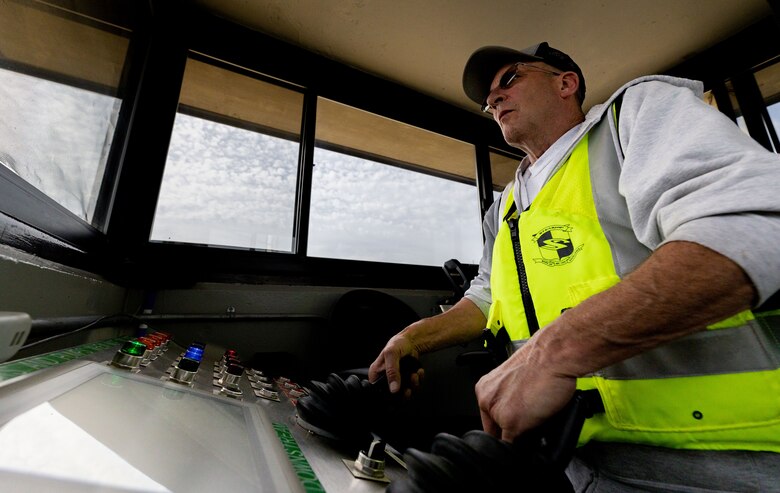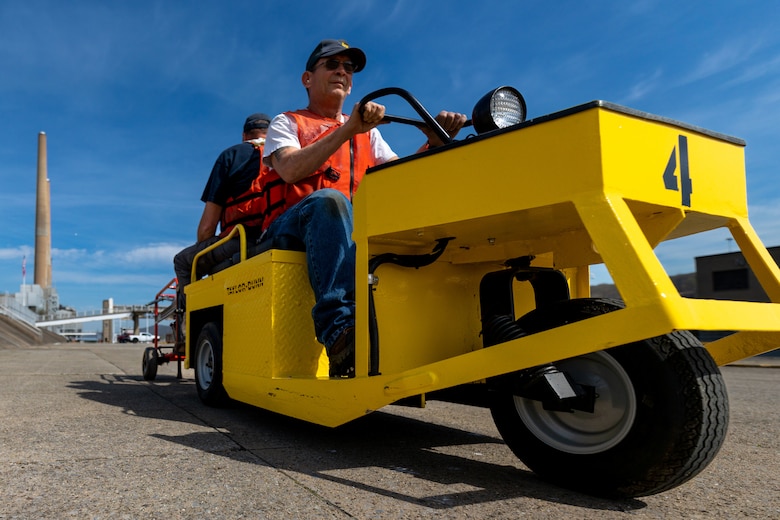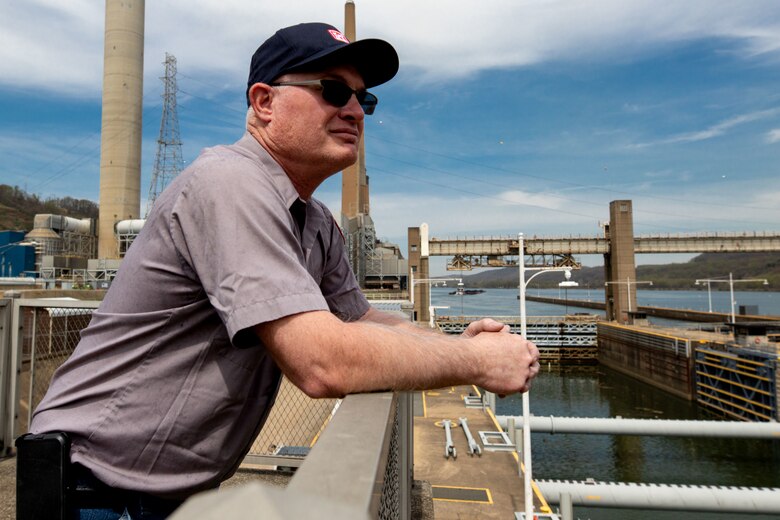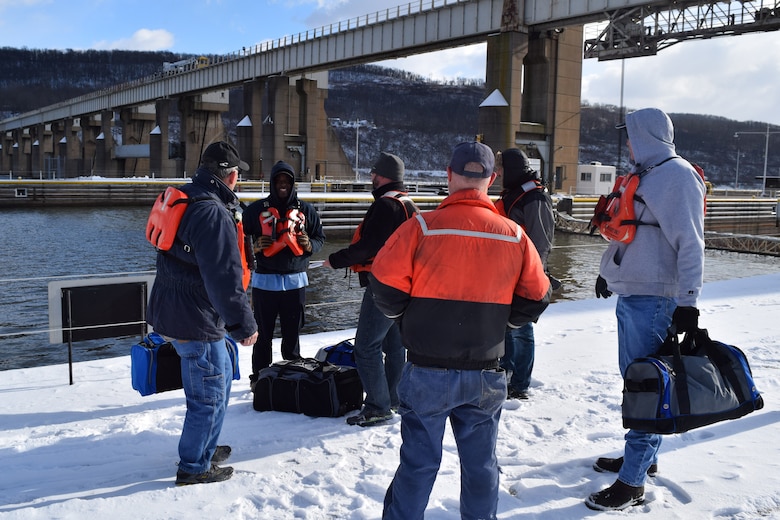Headwaters Highlights: New Cumberland Locks and Dam
View SourceNew Cumberland Locks and Dam in Stratton, Ohio, is an important part of Pittsburgh District’s mission to support safe and reliable navigation on the Ohio River year-round. It is also the third most-used lock of the 23 navigation locks and dams across the Pittsburgh District’s 328 miles of navigable waterways, moving more than 21.5 million tons of commodities along the river annually, totaling almost $4 billion in value. Shippers save nearly $550 million annually by moving commodities by river instead of truck or railway. (U.S. Army Corps of Engineers photo by Andrew Byrne)
If the U.S. Army Corps of Engineers completed New Cumberland Locks and Dam in 1839 instead of 1961, it might have been called Vernon Locks and Dams or Cuppytown Locks and Dam, named after John Cuppy, who designed the town and named it Vernon.
Instead, the earliest land buyers in Vernon requested Cuppy to name the town after Cumberland, Maryland – and a town was born. But, more importantly, a lock and dam found its name.
Now, here is the interesting part, New Cumberland Locks and Dam is not located in West Virginia. Instead, the navigation facility is in Stratton, Ohio, two miles north of the city that bears its name. However, the Corps of Engineers originally planned to construct the lock and dam in New Cumberland, West Virginia.
The two-chamber lock system and gated dam replaced the original navigation system that consisted of three locks, 7, 8, and 9, on the Ohio River, which passed barge commerce for 45 years. Locks 7, 8, and 9 were old-school wooden wicket dams, the standard-dam style of those days.
Today, a skilled team of maintenance and lock operators ensures New Cumberland Locks and Dam safely passes an average of 320 commercial lockages monthly, plus another 120 recreational watercraft in the warmer months.
“We have a good crew here,” said Willie Maynard, the lock master at New Cumberland. “I don’t want to say ‘the team’ because it’s more family-oriented here, but we’re all unique and we all help each other out.”
One of the things Lock Master Willie Maynard appreciates about his crew is the mixture of veterans and non-veterans. For instance, Lock Operator Gerald Woodward served seven years in the Marine Corps before working for the government. Combined, Woodward’s experience totals almost four decades.
According to Woodward, the facility boasts several features that other locks do not, such as submersible gates. Submersible gates enable the lock to operate and submerge lock gates to accommodate large barge racks that might not otherwise be able to get through the lock.
Another capability unique to New Cumberland is an adjustable bridge over the auxiliary lock chamber. While a taller vessel is locking through, the bridge can rise, allowing more flexibility while moving watercraft from one river elevation to another.
According to Woodward, one of the most interesting things about New Cumberland occurs during the colder months.
“We have ice in the wintertime, and we have to lock ice through the chamber,” said Woodward. “It’s a multi-person job to move the ice through – if you’re not careful, the ice can rip these gates off their edges. If you do it right, there’s no chance, and the ice passes smoothly.”
New Cumberland is integral to Pittsburgh District’s mission to support safe and reliable navigation on the Ohio River year-round. It is also the third most-used lock of the 23 navigation locks and dams across the Pittsburgh District’s 328 miles of navigable waterways.
Additionally, the lock moves 21.5 million tons of commodities along the river annually, totaling almost $4 billion in value. As a result, Shippers save nearly $550 million annually by moving commodities by river instead of truck or railway.
While New Cumberland Locks and Dam may get its namesake from the local community, it also gives back – the city of East Liverpool and the borough of Midland both get their water because of the pool created by the lock, providing water to more than 12,000 nearby residents.






